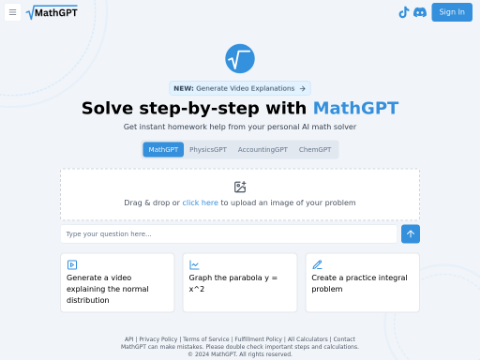In recent years, artificial intelligence (AI) has significantly changed the way businesses interact with data. Previously, teams had to write SQL queries and code to extract useful information from massive amounts of data. Now, users only need to input a question, and the language model-driven system behind it can handle the rest, enabling direct dialogue with the data and instant answers.
However, this natural language-based database query system still faces many limitations, especially in handling complex and diverse query requirements. To address this issue, researchers from the University of California, Berkeley and Stanford University have proposed a new approach called Table-Augmented Generation (TAG) to overcome the shortcomings of existing systems.
Principle of TAG Technology
TAG adopts a unified three-step model to achieve conversational queries on databases. First, the language model (LM) analyzes the relevance of the question and converts the input into executable queries (not limited to SQL) for specific databases. Then, the system utilizes the database engine to execute the queries and extract the most relevant tabular data from a large amount of stored information. Finally, the LM processes the computation results and generates natural language answers.
This approach combines the reasoning ability of the language model with the computational advantages of the database system, addressing the limitations of traditional methods (such as text-to-SQL conversion and retrieval-augmented generation RAG) in handling problems that require semantic reasoning and world knowledge. For example, TAG can answer complex questions like "Provide a summary of reviews for the highest-grossing romantic movie considered a classic," which requires the system to not only retrieve relevant information from the database but also make judgments based on world knowledge.
Experimental Validation and Performance Improvement
The researchers tested the effectiveness of TAG by modifying and expanding the BIRD dataset to include questions that require semantic reasoning with world knowledge. The experimental results showed that TAG outperformed other baseline methods, including text-to-SQL and RAG, with an accuracy rate of over 40%, and even exceeding 65% for certain query types. Additionally, TAG demonstrated three times faster execution speed compared to other methods.
These results indicate that TAG technology has the potential to provide businesses with a new approach that combines AI and database capabilities, enabling more efficient handling of complex data query requirements and helping extract more value from datasets without the need for complex coding.
Although TAG shows great potential, the researchers also point out that further optimization and refinement are needed. They have publicly released the modified TAG benchmark test code to encourage more experiments and research. As the technology continues to mature, TAG is expected to become an important tool for future data analysis and processing.








